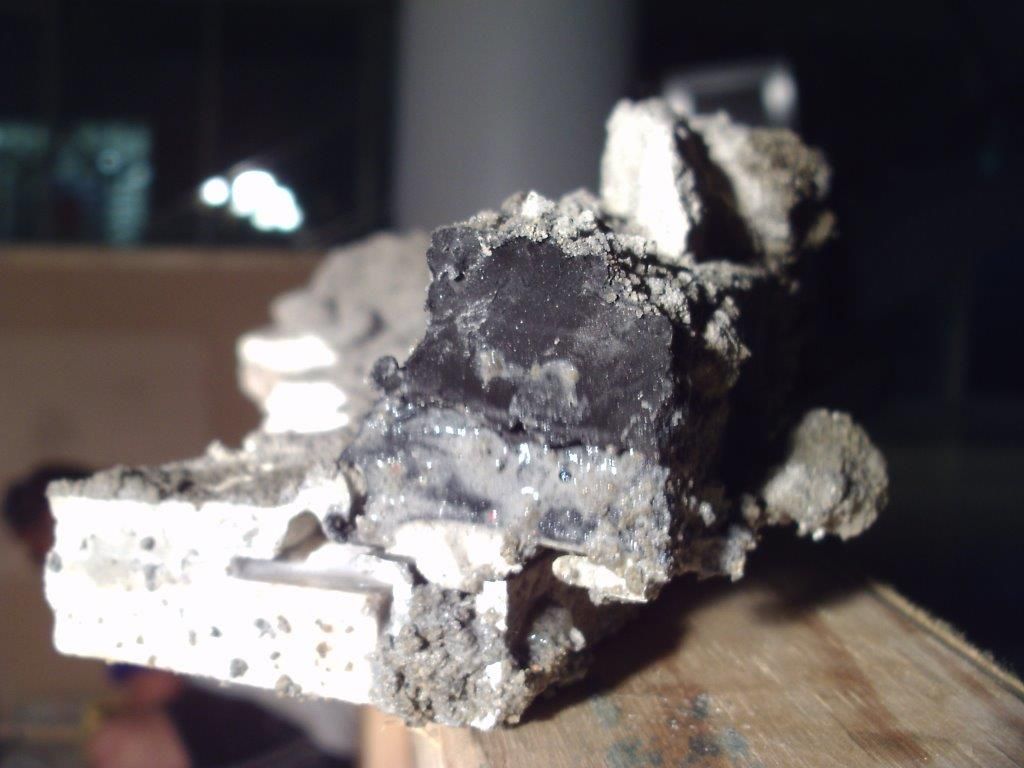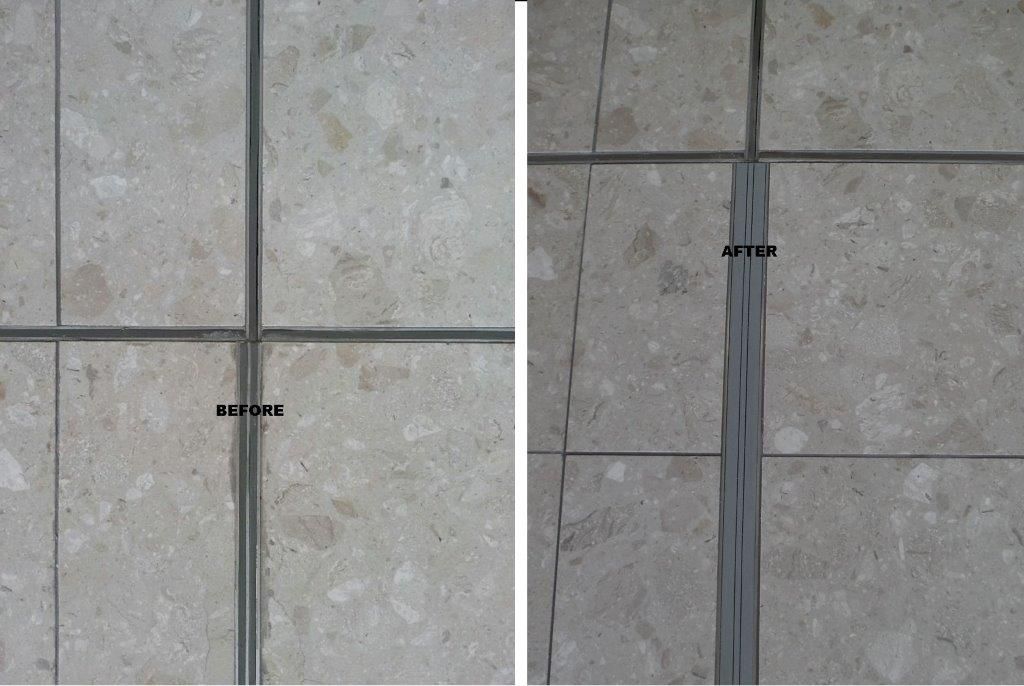An expansion joint is a specific movement profile that bridges the gap between 2 meeting surfaces to provide a suppression joint that prevents surface compression cracking and to bridge movement gaps. Expansion joints are designed to accommodate thermal, moisture and surface, substrate or foundation movement variations such as expansion, contraction, floating and many other causes of movement. Hidden expansion profiles and surface expansion profiles are specifically engineered for the complex range of gap size, movement size, movement direction and load/use type.
Surface expansion profiles are visible and must be both correctly suited to traffic use as well as visually appealing. Then consideration must also be made to determine if the expansion joint should accommodate lateral movement, horizontal movement, vertical movement or combinations of all.
Unfortunately all too often, the wrong expansion joint is specified or used for incorrect application which can and has resulted in massive rectification costs. Two main factors determine the effectiveness of expansion joints.
1. Expansion Joint Selection
2. Expansion Joint Installation
Below is an example of both factors resulting in failure....
Surface inspection clearly shows expansion joint failure. Subsurface reveals incorrect installation of the expansion joint.
Below is the positive result when the correct expansion joint is selected and correct expansion joint installation procedures are followed.
It is quite obvious the importance of expansion joint selection and the methodology require for its effective installation. Expansion joints are specified by architects, engineers and/or designers or industry body specialists.
The amazing variety of simple to complex expansion joints is quite mind boggling and is unquestionably a specialised science.








